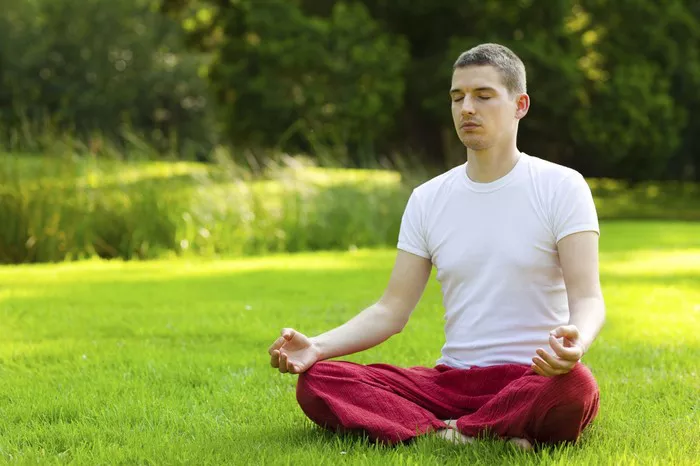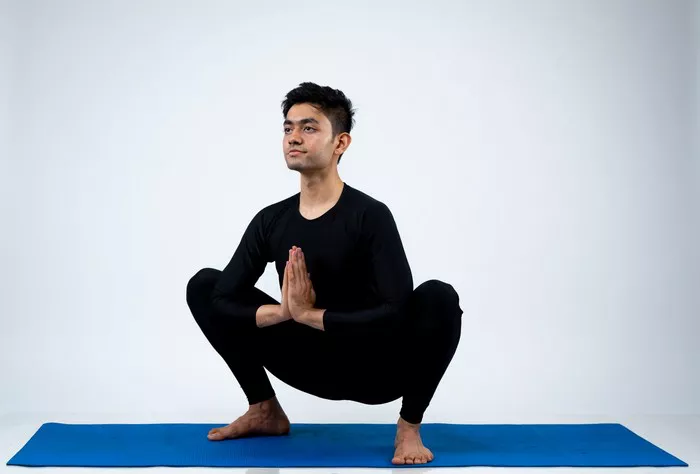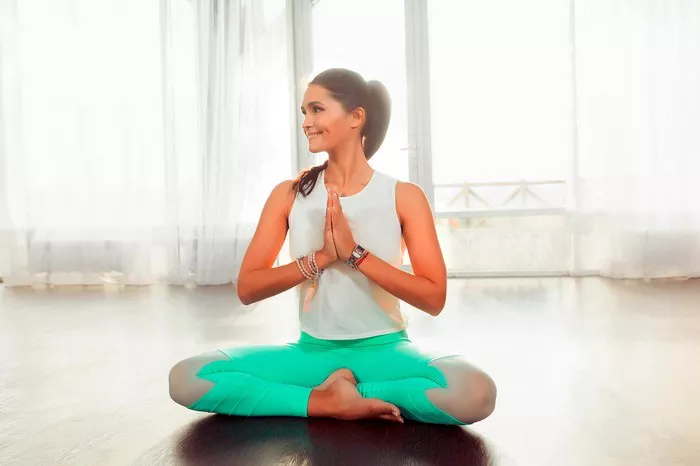Yoga is a transformative practice that brings balance to the body, mind, and spirit. Over the years, its popularity has soared, with people from all walks of life embracing it for physical fitness, mental clarity, and emotional well-being. As you explore the benefits of yoga, you may wonder: how many times can you do yoga in a day? This question is one that many yoga practitioners face, especially those who want to deepen their practice or are looking for more physical activity. The truth is, there isn’t a one-size-fits-all answer. The frequency with which you practice yoga depends on several factors, including your experience level, physical health, the type of yoga you practice, and your goals.
Understanding how often you should practice yoga in a day is crucial for avoiding burnout or injury, while also ensuring that you are gaining the maximum benefit from your practice. There are many ways to approach yoga, and for each individual, the answer may vary. Whether you’re practicing a gentle flow, a vigorous power yoga class, or an intense Ashtanga session, how frequently you practice yoga can significantly impact your body and mind. In this article, we will explore how many times it is safe and beneficial to do yoga in one day, considering various factors such as rest, recovery, and how to create a balanced routine that suits your personal goals.
How Often Should You Practice Yoga in a Day?
When you first start yoga, it’s common to feel eager to practice multiple times a day to experience all the benefits that yoga has to offer. However, the frequency of your practice should be approached thoughtfully. For beginners, it is recommended to start with 2-3 times a week to allow the body time to adjust. Overdoing it in the beginning can lead to soreness, fatigue, and even injury. Yoga is not about pushing your limits, but rather about creating a sustainable practice that nurtures both your body and mind.
For intermediate and advanced practitioners, the frequency may increase to once or even twice a day, depending on personal goals. For instance, if you are preparing for a specific yoga event or competition, or if you’re a dedicated practitioner aiming to deepen your practice, multiple sessions in one day may be appropriate. However, it’s important to recognize that your body needs rest. Practicing yoga twice a day should involve a balance between a more intense session in the morning (such as Ashtanga or Vinyasa) and a restorative or gentle session (like Yin or Hatha) in the evening. Rest days are essential, and you should listen to your body to ensure you are not overtraining.
How Many Sessions Should You Have to Avoid Overtraining?
Overtraining in yoga is possible if you practice excessively without allowing your body sufficient recovery time. It’s important to consider both your physical limits and mental state. Practicing yoga too often can lead to mental fatigue and physical strain. When you overtrain, the body doesn’t have enough time to repair itself, which could lead to injury or burnout.
To prevent overtraining, many experienced yoga practitioners recommend alternating between different types of practices throughout the day. A dynamic practice such as Vinyasa or Ashtanga can be intense, so you might pair this with a slower, gentler practice like Yin yoga or meditation. The key is to listen to your body, pay attention to signs of exhaustion, and incorporate plenty of recovery time. For example, a morning session of flowing postures followed by a more restorative practice in the evening can promote a balanced approach. At least one or two full rest days a week are recommended to allow the muscles to recover.
Benefits of Multiple Yoga Sessions a Day
Practicing yoga multiple times a day has a number of benefits, particularly for those who are looking to deepen their practice or achieve a specific goal. The physical benefits include improved strength, flexibility, and endurance. When practiced in moderation, multiple yoga sessions allow the body to stretch and strengthen in different ways, targeting different muscle groups at various times. In addition, the mental benefits are significant. Yoga helps reduce stress, and multiple sessions can help reinforce the meditative aspect, creating a deeper sense of mindfulness and relaxation.
Some yoga traditions also recommend more than one session a day as a means of self-discipline and devotion. In disciplines like Ashtanga Yoga, practitioners traditionally practice at least two sessions per day—one in the morning and one in the evening—to refine technique and deepen their understanding of the practice. This kind of commitment is typically reserved for more advanced practitioners who have the time, energy, and physical capacity to handle it. For the average practitioner, however, it’s not necessary to practice yoga twice a day to gain its benefits. One mindful practice per day, combined with proper rest, can yield significant progress in both physical and mental health.
Types of Yoga for Multiple Sessions
When you decide to practice yoga more than once a day, it’s important to choose the type of practice that complements your goals and helps you avoid overexertion. Not all yoga sessions need to be high-intensity practices. Many yoga practitioners find it beneficial to combine different styles of yoga to create balance throughout the day. For example, you might practice a more physically demanding session, such as Vinyasa or Ashtanga, in the morning, and then choose a slower-paced practice, like Hatha or Yin, in the evening to unwind and relax.
Restorative yoga, which is a gentle practice focusing on deep relaxation and passive stretches, can be an excellent option for an evening session. This will not only help reduce muscle tension from a more intense morning session but also allow your body to fully relax and restore. Alternatively, you can add a pranayama (breathing exercises) or meditation session as your second practice, helping you achieve a calm and focused state of mind. Choosing practices that cater to different physical and mental needs is crucial for sustaining multiple yoga sessions in a day.
See Also: Does Yoga Change Your Body?
Signs That You May Be Doing Too Much Yoga
Although yoga is designed to be a healing and restorative practice, there are times when it can lead to fatigue, soreness, or injury. These are important signals from your body that indicate you may be overdoing it. If you experience persistent muscle soreness, joint pain, or mental burnout, it’s a sign that you need to reduce the frequency or intensity of your yoga sessions. Pushing your body beyond its limits can lead to overuse injuries, which can prevent you from practicing altogether.
In addition to physical discomfort, signs of mental exhaustion should also be taken into account. If you begin to feel mentally fatigued, lose your sense of enthusiasm for yoga, or feel that your practice is becoming a chore, it may be time to scale back. It’s essential to incorporate rest and recovery into your routine to maintain long-term sustainability in your practice. Yoga is not about how often you practice, but rather about cultivating mindfulness, flexibility, and strength in a balanced and healthy way.
Conclusion
Ultimately, the number of yoga sessions you can do in a day depends on your personal goals, fitness level, and how well you are able to manage recovery. For most practitioners, one well-rounded session per day is sufficient for seeing progress and reaping the full benefits of yoga. However, if you are an experienced practitioner and choose to practice multiple times a day, make sure you vary the intensity of each session to avoid burnout and injury. Always listen to your body and incorporate rest days into your routine to ensure that yoga remains a rejuvenating and sustainable practice for you.
Remember, yoga is about more than just physical exercise—it’s about finding balance, cultivating mindfulness, and nurturing a connection between body, mind, and spirit. Whether you practice once a day or multiple times, the key is to stay consistent, be kind to yourself, and find a routine that supports your health and well-being.
You Might Be Interested In:


















